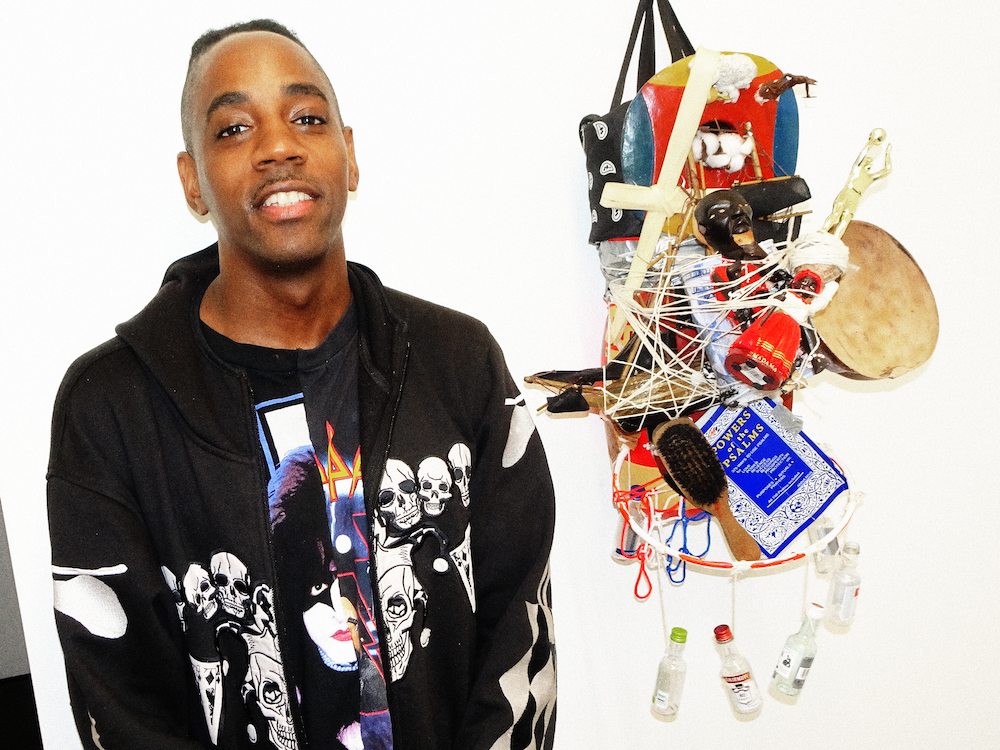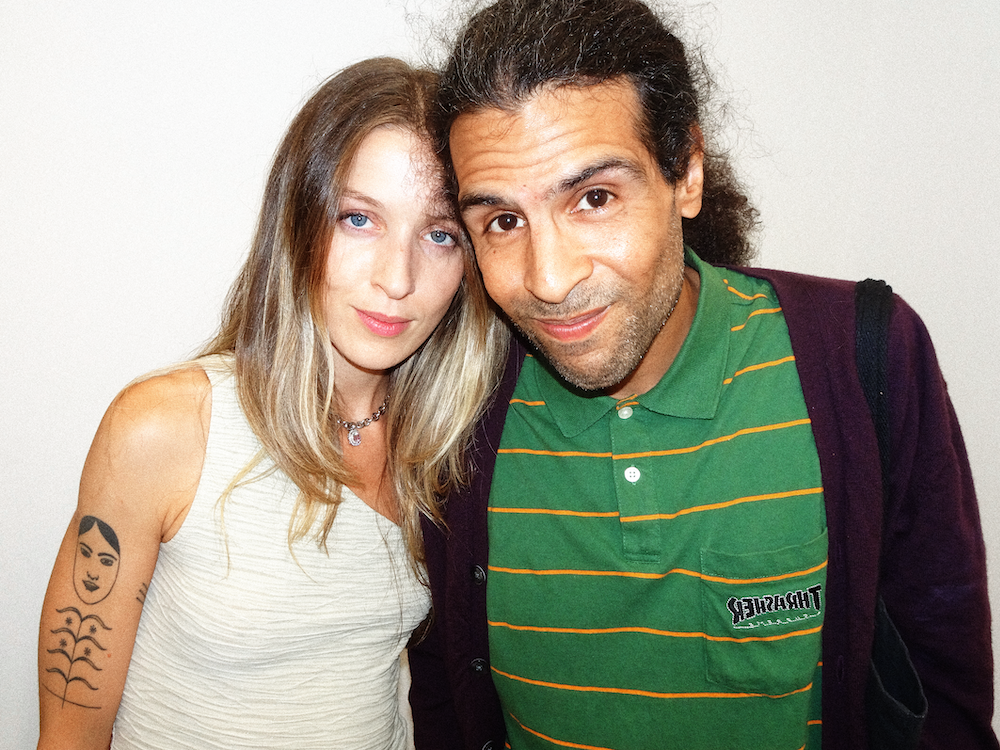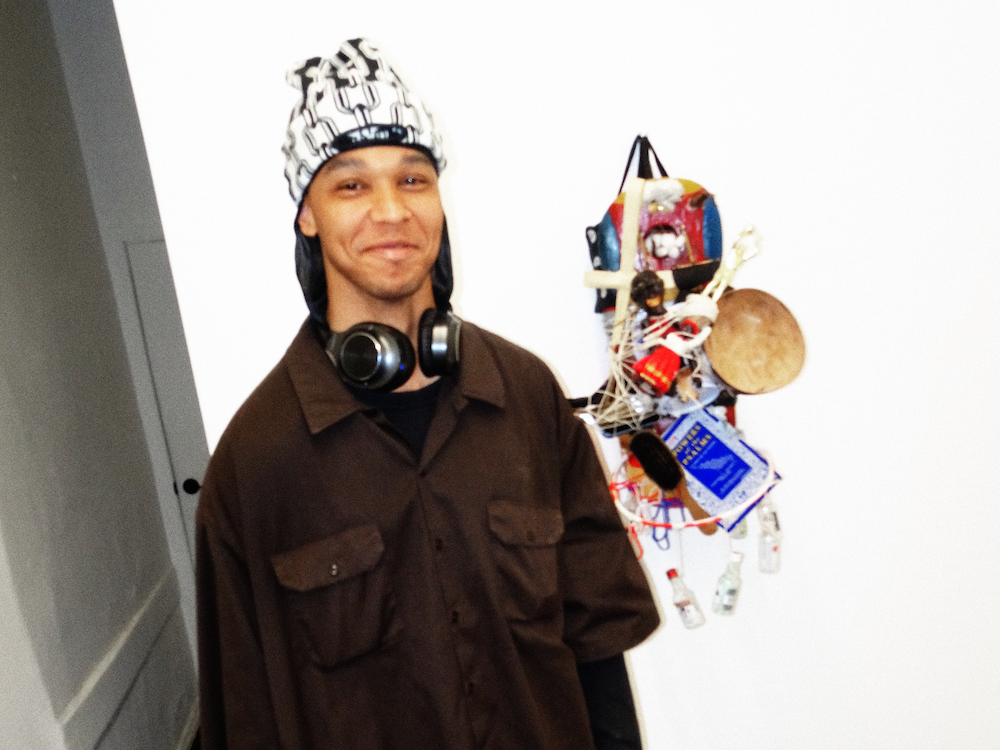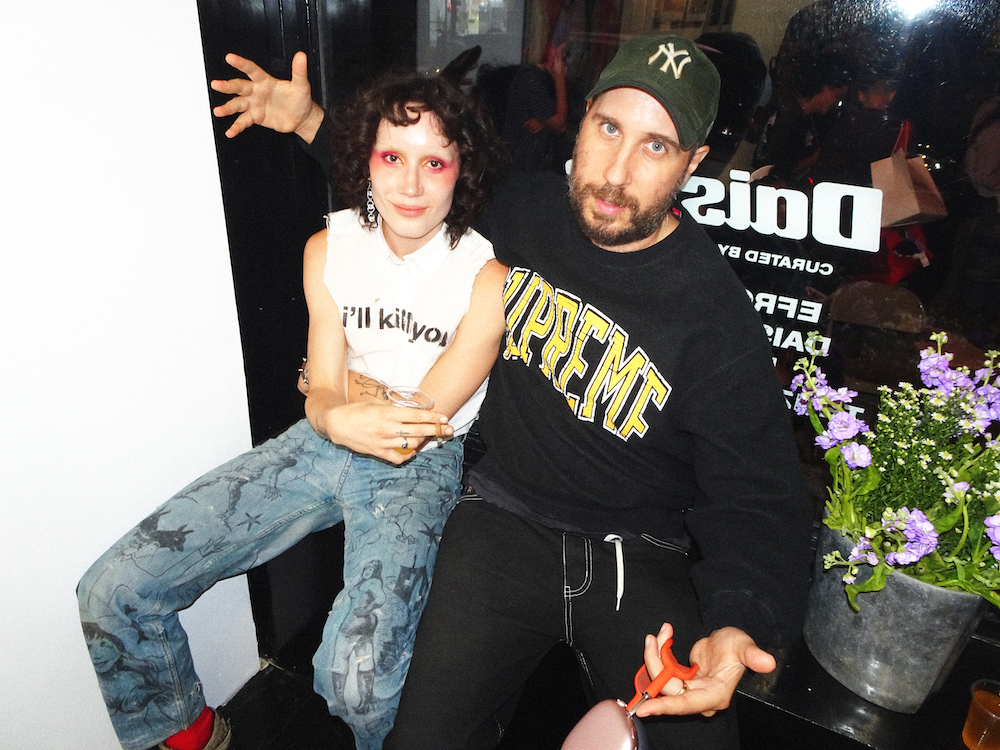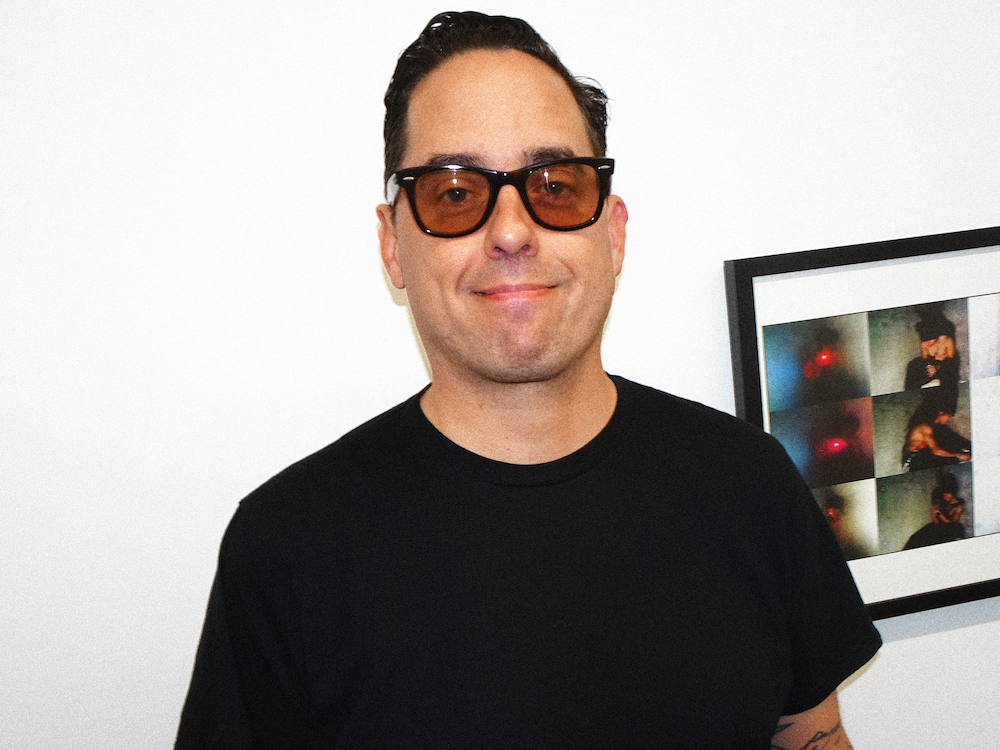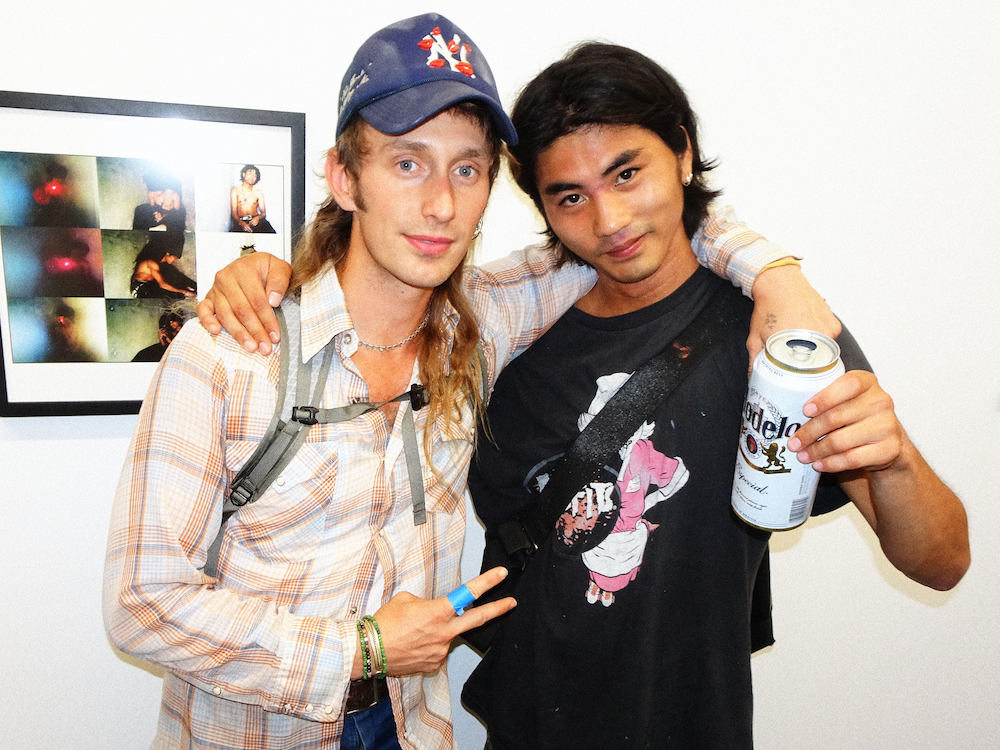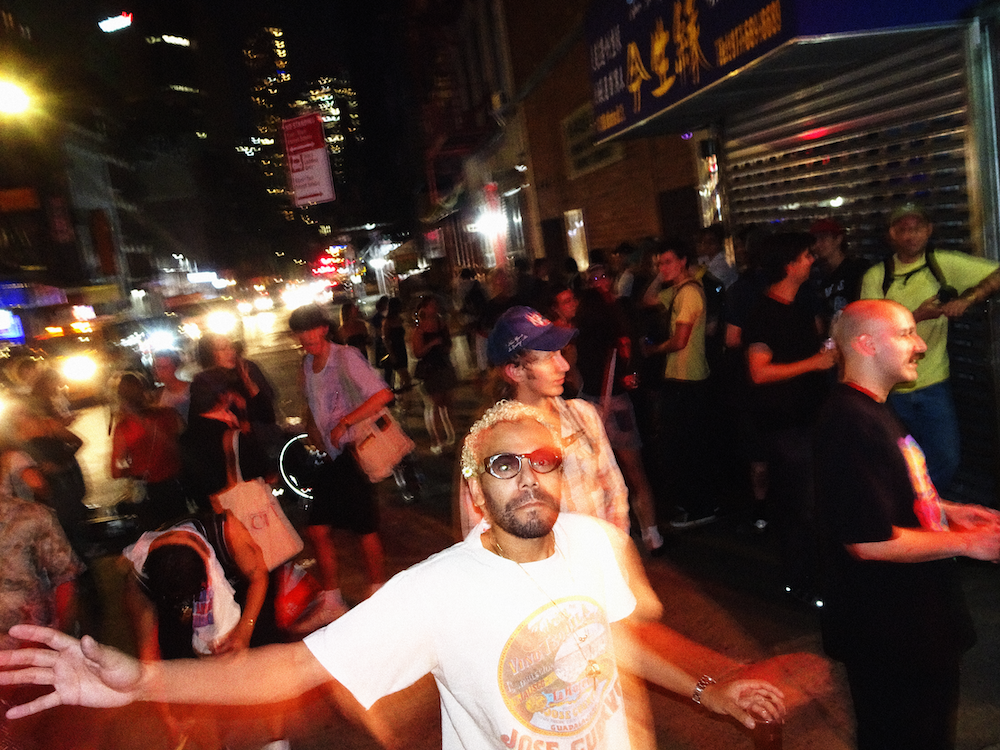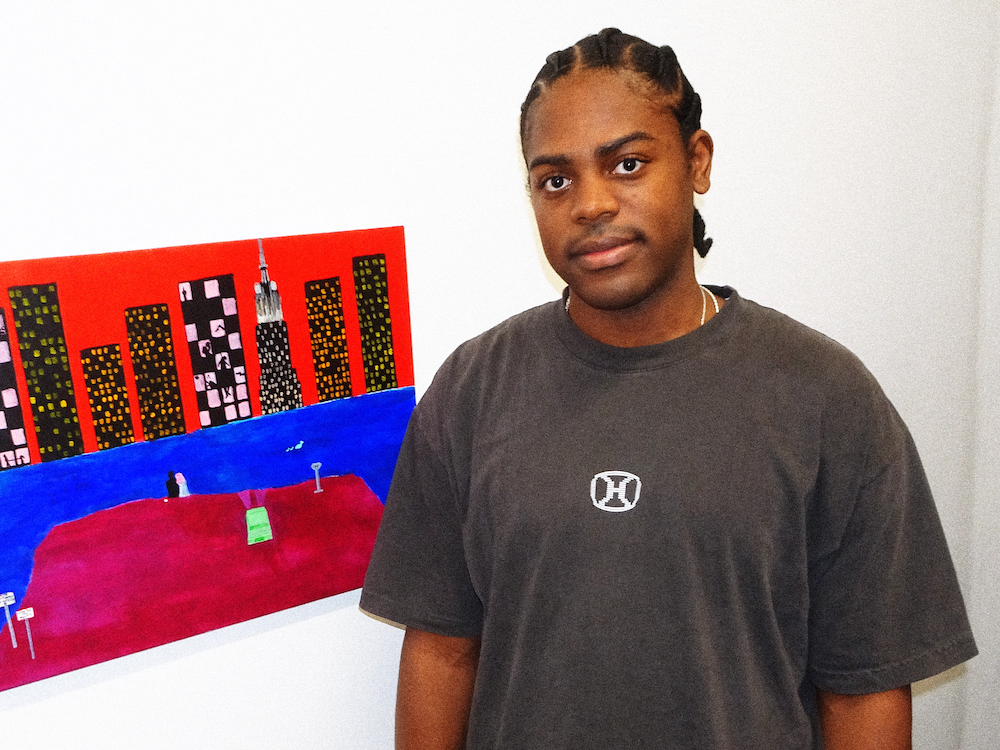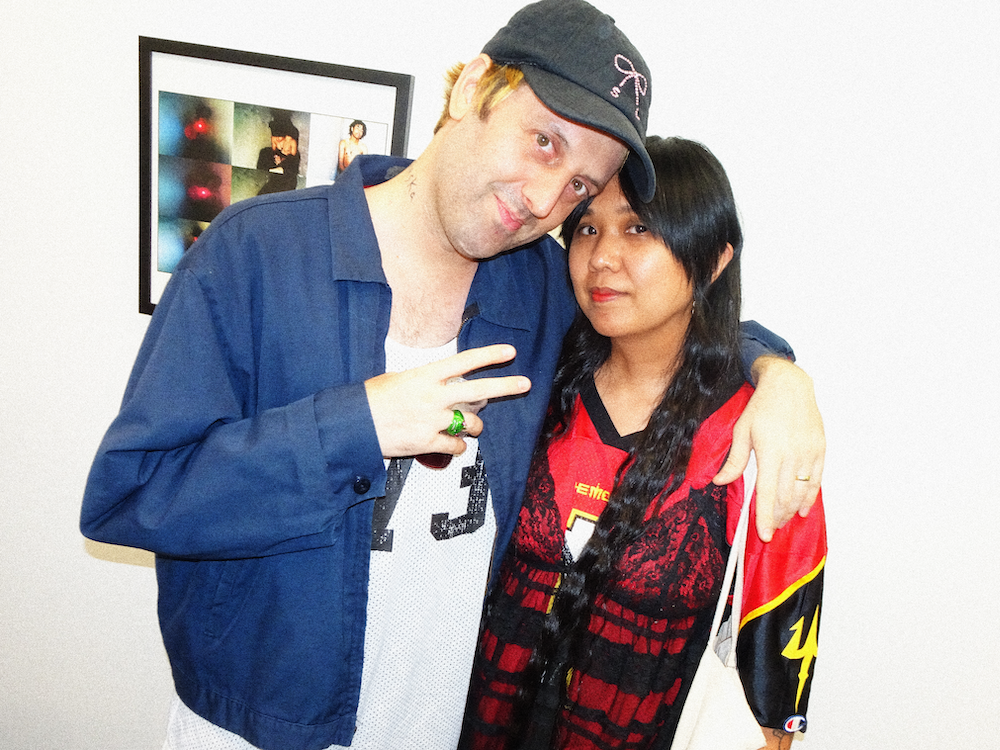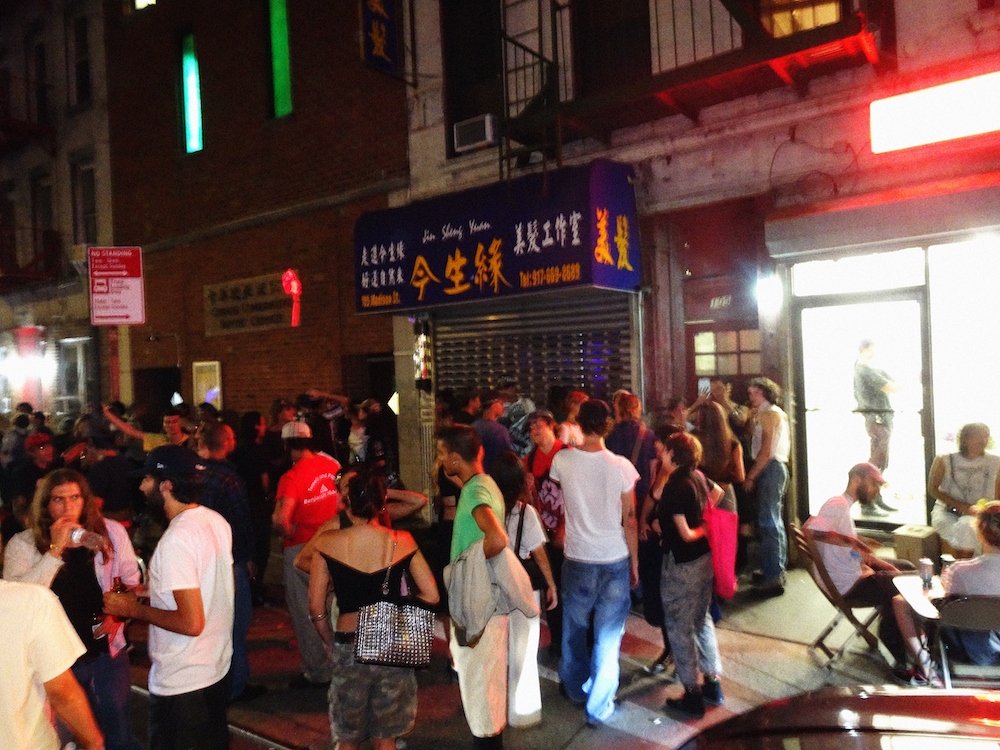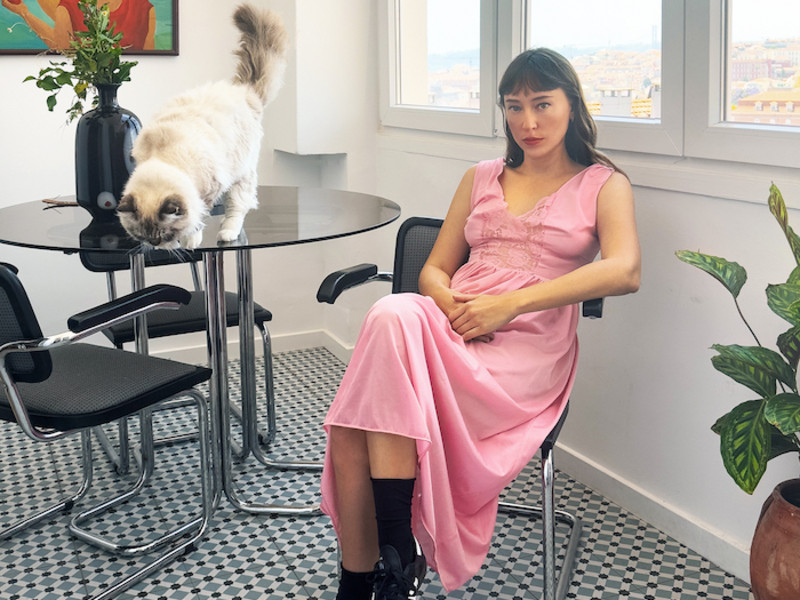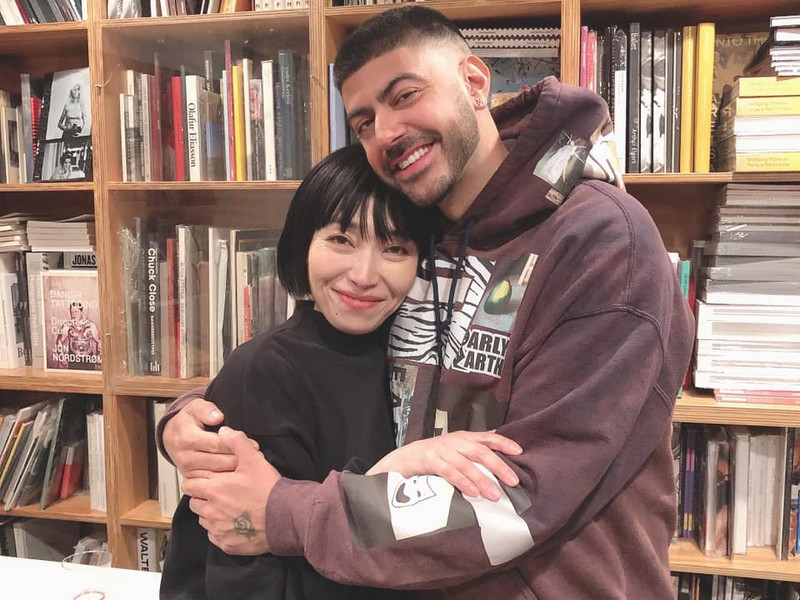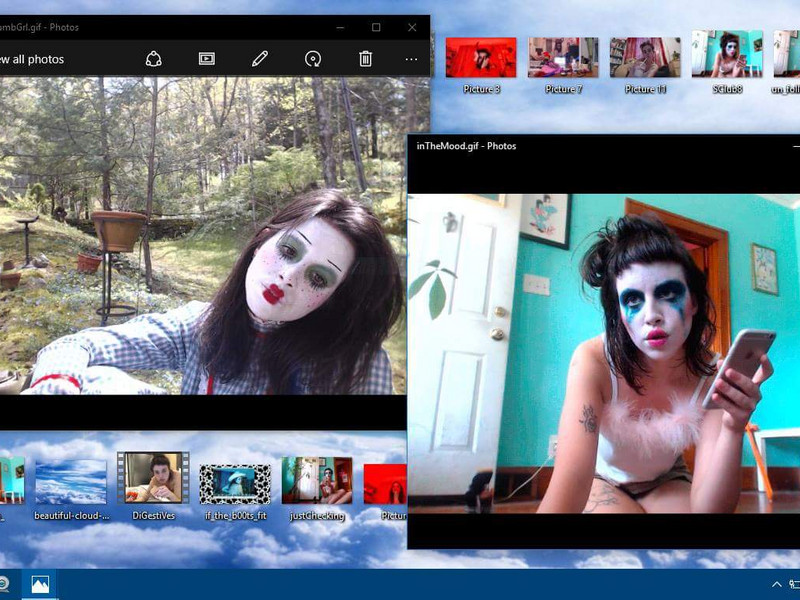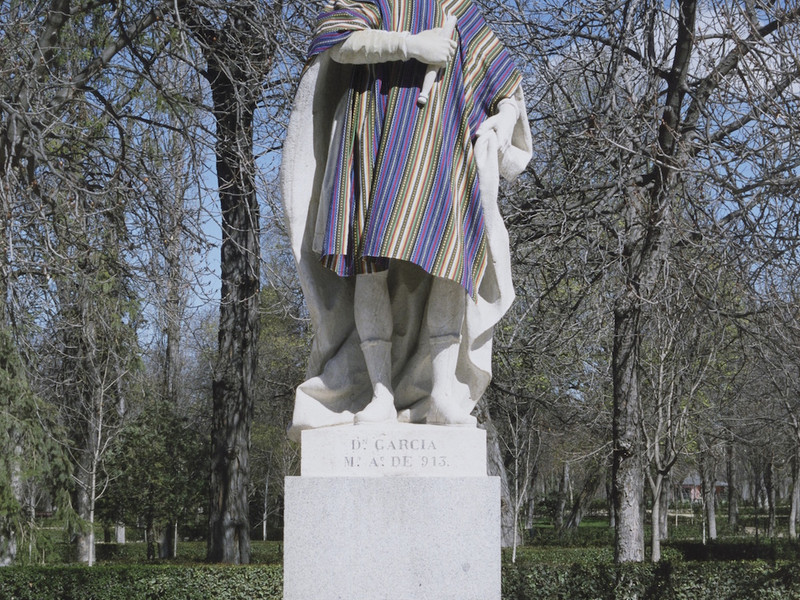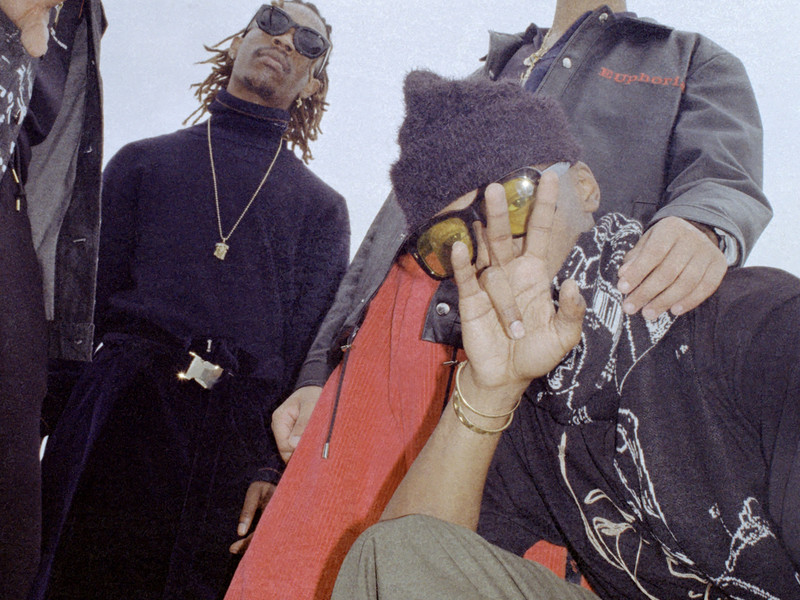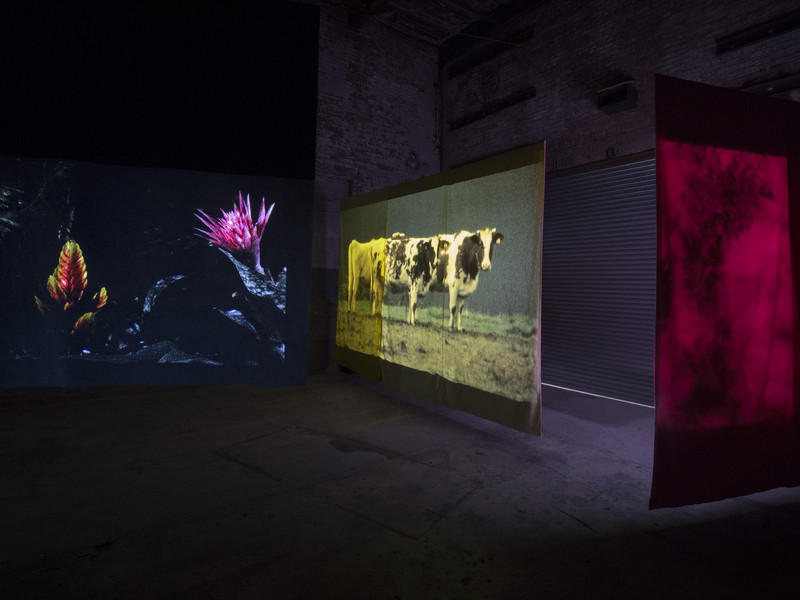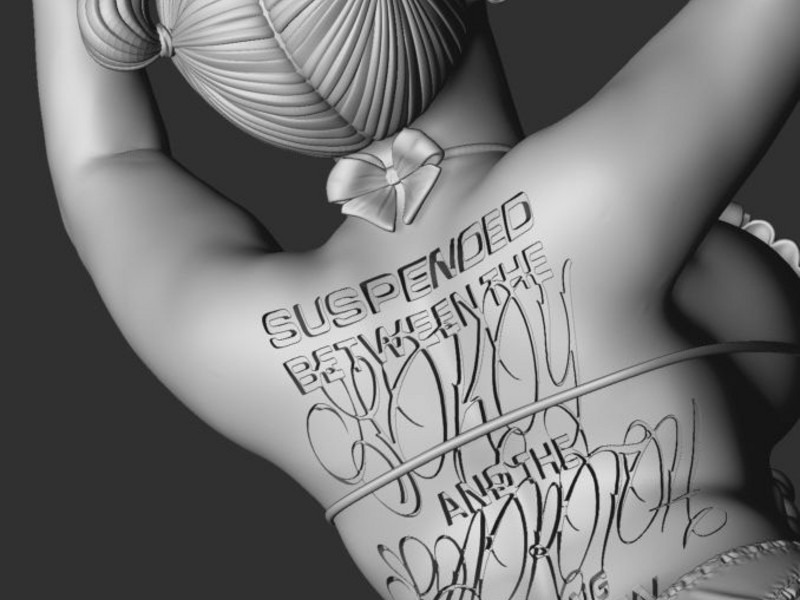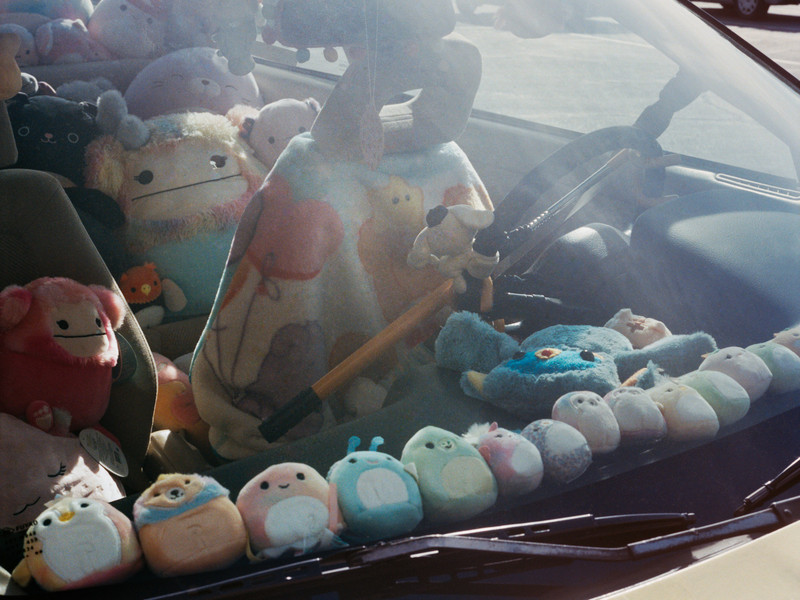Before Summer Ends, "Daisies" Blooms at bridddge
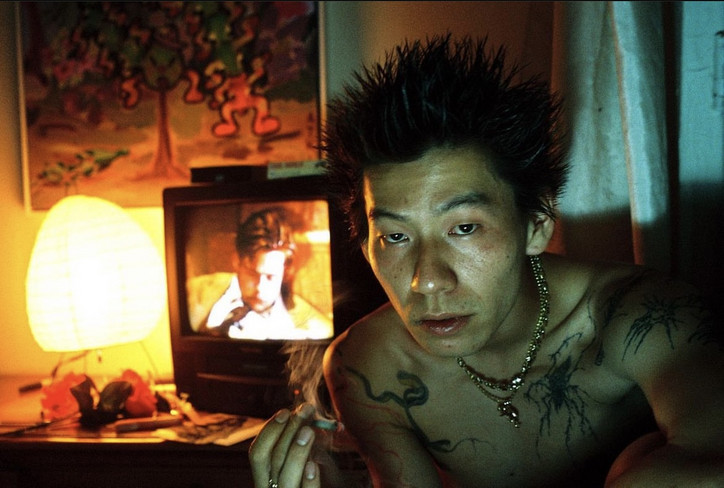
Juxtaposing these artists in a space fosters an open dialogue among the artworks on display, inviting viewers to engage with art and the experience of viewing art in a new and profound way. Efron Danzig, Daisaku Hidaka, Ron Baker, Tenzin Che Miyahira, and Troy Gipso all live in New York and draw inspiration from their individual relationships, experiences and personal histories.
Despite the diverse influences that shape their artistic journeys, a common thread runs through each of their works — themes of identity, preservation, memory, and language resonate deeply.
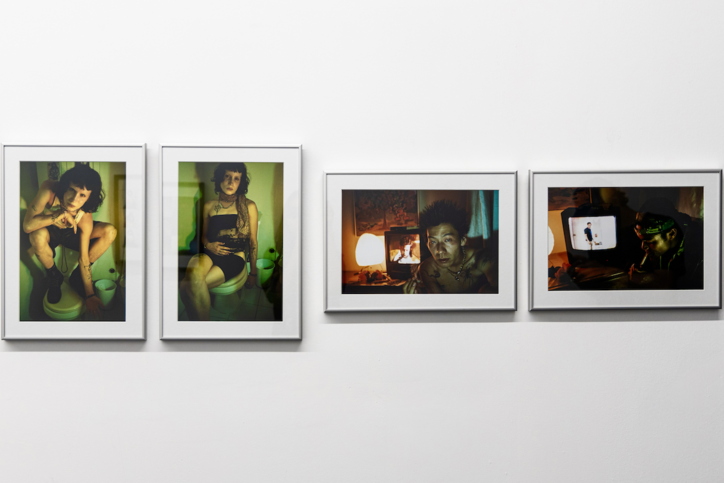
Efron Danzig unveiled a compelling series of self-portraits, along with intimate portraits of fellow artist Troy (also in the show) and Taito. As a skateboarder and poet, Efron's photographic approach is deliberately unpolished. Unburdened by the constraints of formal training, her technical naïveté has enabled her to cultivate a style defined by curiosity.
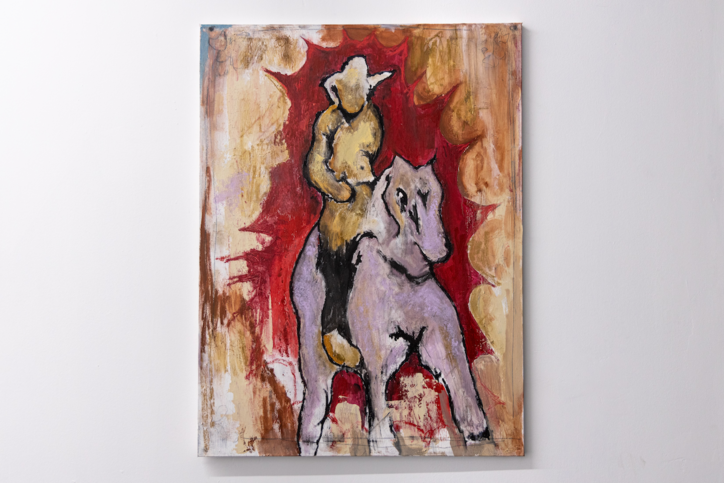
Daisaku Hidaka's artistic odyssey took true direction after a torn ACL kept him off the board. Not being able to skateboard gave him time to further explore painting as a medium of expression. He likes painting horses. He appreciates their symbolic meaning — power, gentleness, a sense of calm. He says that it may be inspired by his Chineze zodiac sign. Nevertheless, here, the cowboy and horse melt into eachother as if part of the same being.
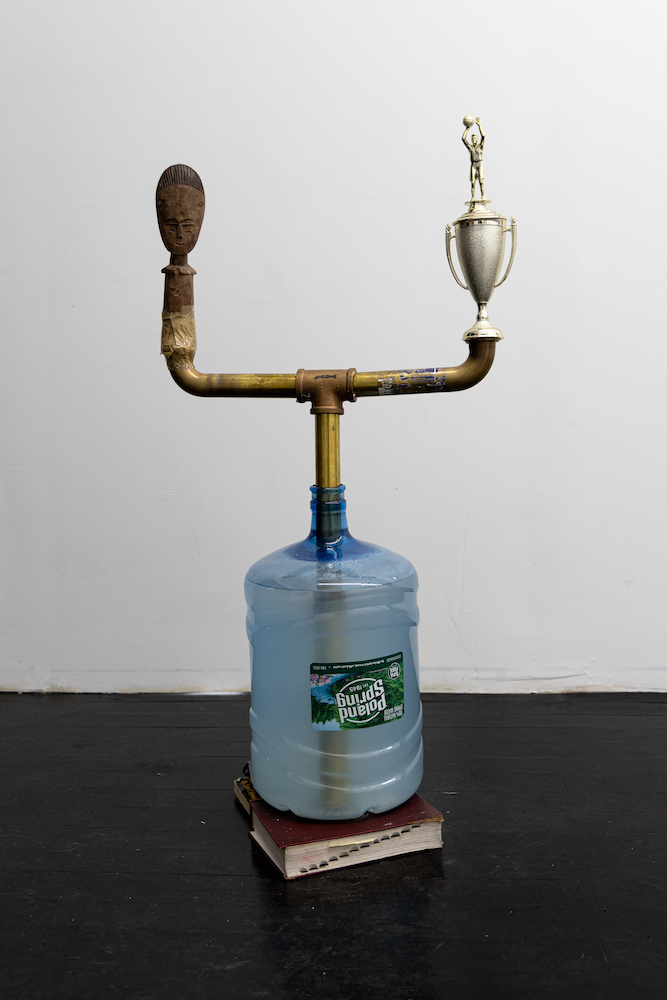
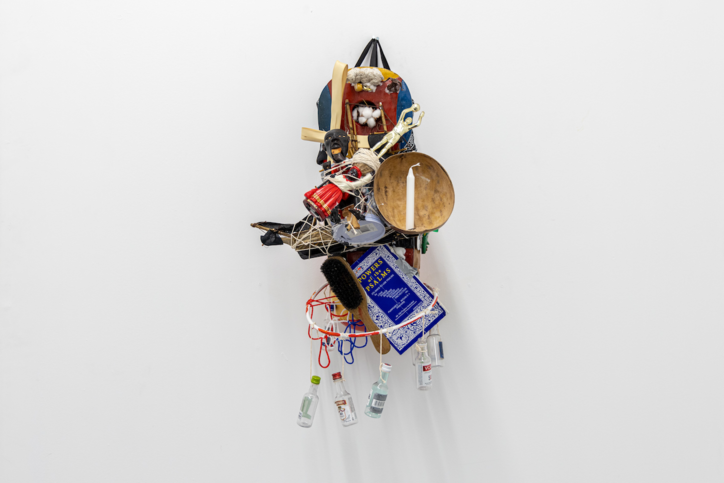
Ron Baker pays homage to his ancestors and explores his own identity through his artwork. In "Holy Water," a captivating play on the narrative of baptism, Ron delved into his recollections of attending church with family members. He recalled sipping water from the church fountain, a superstitious act said to bring good luck and prosperity. Ron's second "untitled" work was a multi-layered tapestry of artifacts that intricately told the story of his upbringing. These artifacts included money, boats, religious symbols, figurines, books, and basketball hoops.
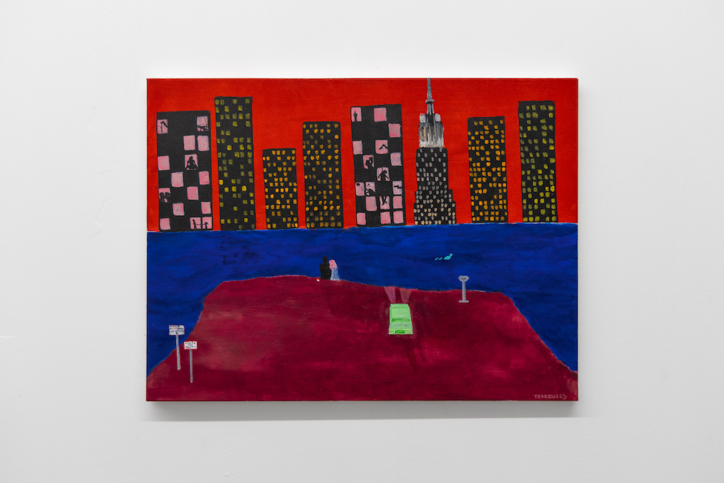
Tenzin's masterful painting transported viewers to cherished memories of moments spent along the Hudson River. His work skillfully weaved together elements drawn from American pop culture, including iconic references such as the Chevy Malibu from Repo Man and the humorous tent scene from Austin Powers 2. He captures the inevitable passage of time and the enduring cultural and personal moments that etch themselves into our own memories and the collective consciousness.
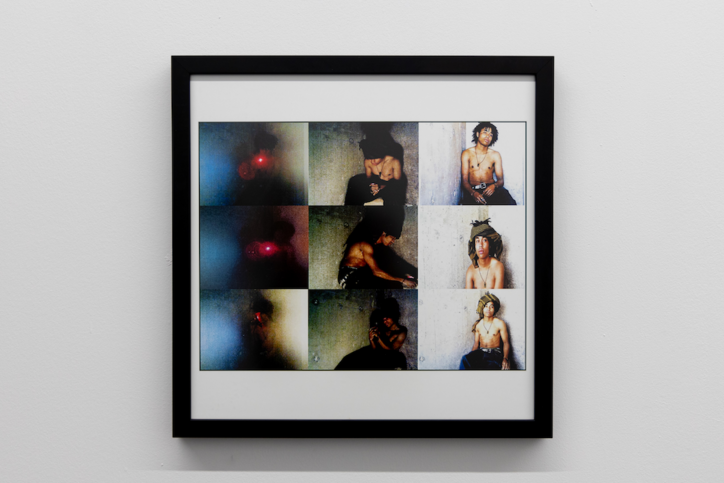
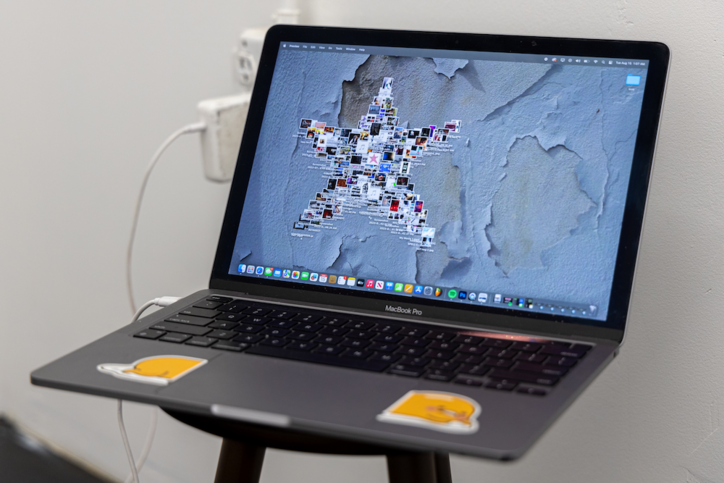
Troy's self-portraits, thoughtfully juxtaposed with a video of his computer screen, serve as a window into his creative world. The star motif, composed of the relics that live on his computer provided a rare glimpse into the artist's psyche. Within this digital trove lay a collection of unfinished projects, lost photos, original music compositions, and other abstract artifacts.
